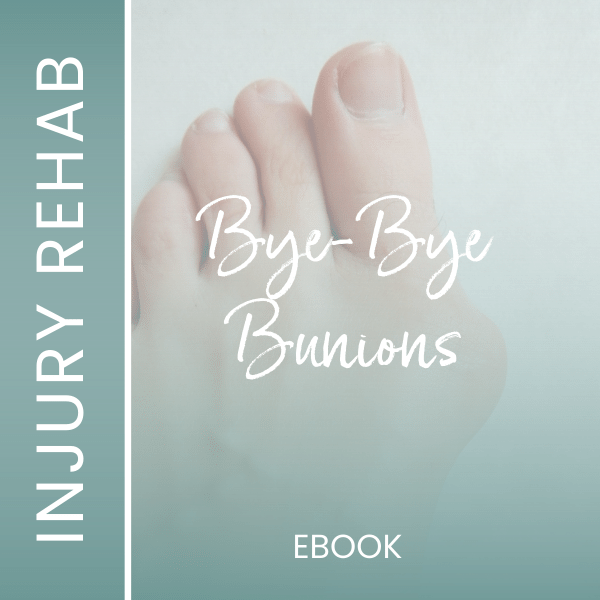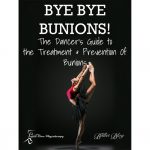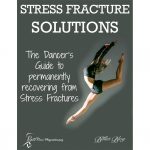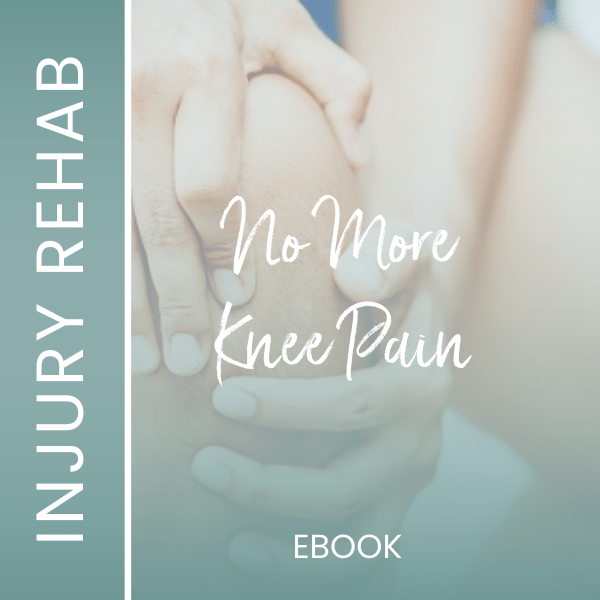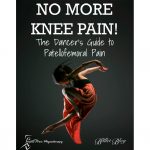- Free Articles
- Shop
- Workshops
- The Dance Educator Series
- Upcoming Workshops
- Workshop FAQ’s
- Host Application Form
- Student Workshop Application Form
- Dance Teacher & Health Professional Directory
- Workshop Testimonials
- Members Areas
- Cart
- My Account
What is a Stress Fracture?
For many dancers, the fear of getting a stress fracture is a major worry, especially if they start developing foot pain. Many dancers avoid consulting a therapist when they have foot pain for fear of being diagnosed with a Stress Fracture, however catching them early can make the difference between it resolving quickly or becoming a chronic issue. So what is a Stress Fracture? How do you know if you have one? And what should you do if you get one?
For the full Stress Fracture Solutions Injury Report - CLICK HERE
What Is A Stress Fracture?
A “fracture” is a disruption, or break in a bone.
Some fractures, called stress fractures, are microscopic, and develop more over a period of time, rather than with one big incident. Our bodies are amazing and adapt remarkably well to the things we demand of them. However, if too much load is placed through a bone, in a particular direction, and it does not have the strength to endure such forces, a stress fracture may develop. Over time tiny faults will appear within the bone, and unless the forces imposed in that bone are changed, they will accumulate and develop into a more major fault in the bone.
Stress fractures often follow a progression of three stages…
A) Bone Strain – Re-modelling of bone, or increased activity of the cells that build bone is the first sign of an issue with loading in the bone. This stage is very rarely picked up as the dancer does not feel much pain at all. The remodeling may sometimes be picked up by a bone scan looking for other issues.
B) Stress Reaction – Once there is a tender portion of bone, but before the bone shows signs of a fracture, it is called a stress reaction. This stage is often seen in dancers who are increasing hours or changing styles of dance. If problems with technique or footwear are picked up at this stage, it is possible to avoid the development of a stress fracture. Many dancers avoid reporting pain at this stage as they are scared of "Having an injury" however, if it is caught early, and dealt with appropriately, then more severe injury and disability can often be avoided.
C) Stress Fracture – Once there is a development of an actual fault in the bone, it is classed as a stress fracture, and usually, a period of non-weight-bearing is needed to resolve the symptoms. Depending on the risk factors of that particular dancer, treatment may vary considerably, so it is important to be guided by your therapist on any time off, use of a boot, and a gradual build back into class.
Types of Stress Fracture:
There are two common types of Stress Fracture
- Fatigue Fracture. This is the most common form of stress fracture found in dancers and is caused when a normal bone is exposed to repeated abnormal stresses e.g. Jumping, Landing, Balancing on demi Pointe e.t.c. with poor alignment or insufficient control.
- Insufficiency Fracture. This type of fracture occurs when a normal amount of stress is applied to an abnormal bone e.g. bone with Osteopenia, especially in the case of eating disorders.
Locations most susceptible to getting a Stress Fracture:
There are several areas of the foot that are most susceptible to Stress Fractures in dancers and athletes alike; the Metatarsal Bones (Especially the first and second MT in Dancers) and the Navicular Bone (More common in athletes, usually caused by running). Stress fractures may also occur in the Tibia (Shinbone), the Calcaneus (Heel bone), and the 5th MT (Outer part of the foot)

Causes of a Stress Fracture:
Causes of a stress fracture include anything that creates load through one part of the bone over another.
- Errors in Technique (in Dancers) such as incorrect posture, poor weight dispersion across the foot e.t.c.
- "Fishing" the foot en pointe, or the foot twisting in the shoe.
- Impact of an unfamiliar surface, such as dancing on an unfamiliar stage, or jumping on concrete for a photoshoot.
- Training errors such as too rapid an increase in the number of hours training, such as when a dancer starts full-time training.
- Stress caused by another foot problem. I.e. Walking on the outer border of the foot to avoid pain under the big toe joint.
- Wearing poorly cushioned shoes while dancing or walking on hard surfaces. This includes the frequent use of "UGG Boots" in winter and Thongs/flip flops/Sandals in summer. This is a huge problem for dancers as ballet shoes tend to lack essential support.
- Poorly fitted pointe shoes can also add a tremendous amount of unnecessary stress to particular parts of the foot.
- Abnormal foot structures, such as flat feet or extremely high arches can cause the load to be focused on certain parts of the foot.
- Restricted range in one part of the foot, often due to a previous injury, can cause more load in the more mobile areas.
- Repetitive pounding on the ground, without appropriate control of the landing phase, or striking the foot too hard during Battements Frappé e.t.c.
- Rapidly increased levels of activity without correct conditioning, often during rehearsals for shows and exams.
- Obesity, or a sudden increase in body weight in a short period of time.
- Eating Disorders - Malnutrition causes bone density to decrease.
- Rapid decrease in bone density e.g. Osteoporosis or Osteopenia.
What to do if you have a Stress Fracture:
If you think you may have a Stress Fracture please make sure to consult a local Health Professional who is used to working with dancers as soon as possible. Catching Bone Stress early is essential in reducing the time in rehab, and total time off dancing.
For further informations about the rehab process, and to keep in condition while addressing teh causes, please check out our many injury management resources.

